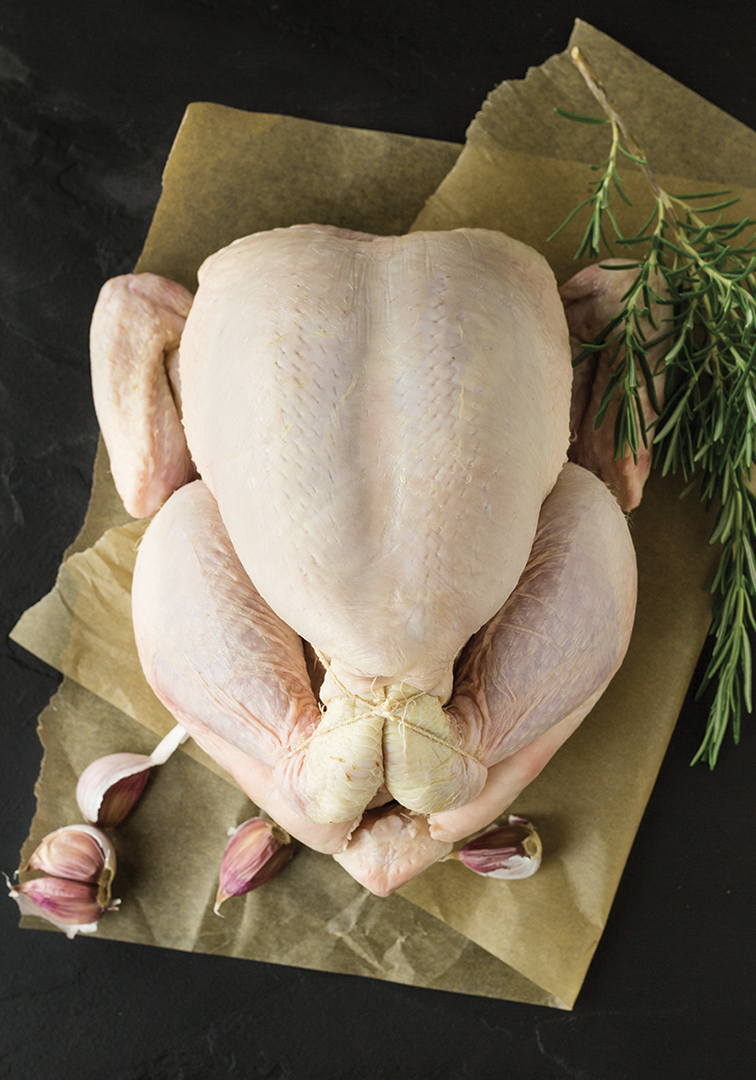Whole chicken

Whole chicken is a versatile, economical option for family meals or special occasions. It has a rich flavour and is ideal for a wide variety of preparations. Here’s a guide to everything you need to know about whole chicken and how to enjoy it at its very best.
Key features
A whole chicken includes every part of the bird, including breasts, thighs, wings and giblets (liver, heart, gizzard). This means you get a variety of textures and flavours.
- When properly prepared, whole chicken has a deep, satisfying flavour. Cooking it with the skin on makes it crispy and more flavourful.
- Different parts of the chicken have different textures. Breasts are tender and lean, while thighs and wings are juicier and richer in flavour.
Cooking techniques
- Roasting is a classic way to cook a whole chicken. Season it with herbs, spices and a drizzle of olive oil, and roast at a moderate temperature to enjoy crispy skin and moist meat.
- Whole chickens can be barbecued. For best results, we recommend cutting it in half to ensure even cooking. A marinade can add even more flavour.
- In this method, the chicken is slowly cooked in an aromatic liquid, such as broth or wine, making the meat extremely tender and flavourful.
- Cooking chicken on a spit ensures even cooking and crispy skin. This method is perfect for barbecues or rotisserie ovens.
- This modern technique cooks chicken at a low temperature, guaranteeing perfect tenderness. It can then be finished with a quick sear to create a beautiful golden crust.
Preparation tips
- Season your whole chicken with a mixture of herbs (rosemary, thyme, oregano), spices (paprika, garlic powder) and salt to enhance its flavour. Citrus fruit like lemon can add a touch of freshness.
- Marinating chicken before cooking adds flavour and tenderizes it. A simple marinade of yogurt, lemon, garlic and herbs works well.
- After cooking, let the chicken rest for at least 10 to 15 minutes before carving. This allows the juices to settle throughout the meat, making each bite juicier.
:quality(65))
:quality(65))
:quality(65))
:quality(65))
:quality(65))
:quality(65))
:quality(65))
:quality(65))